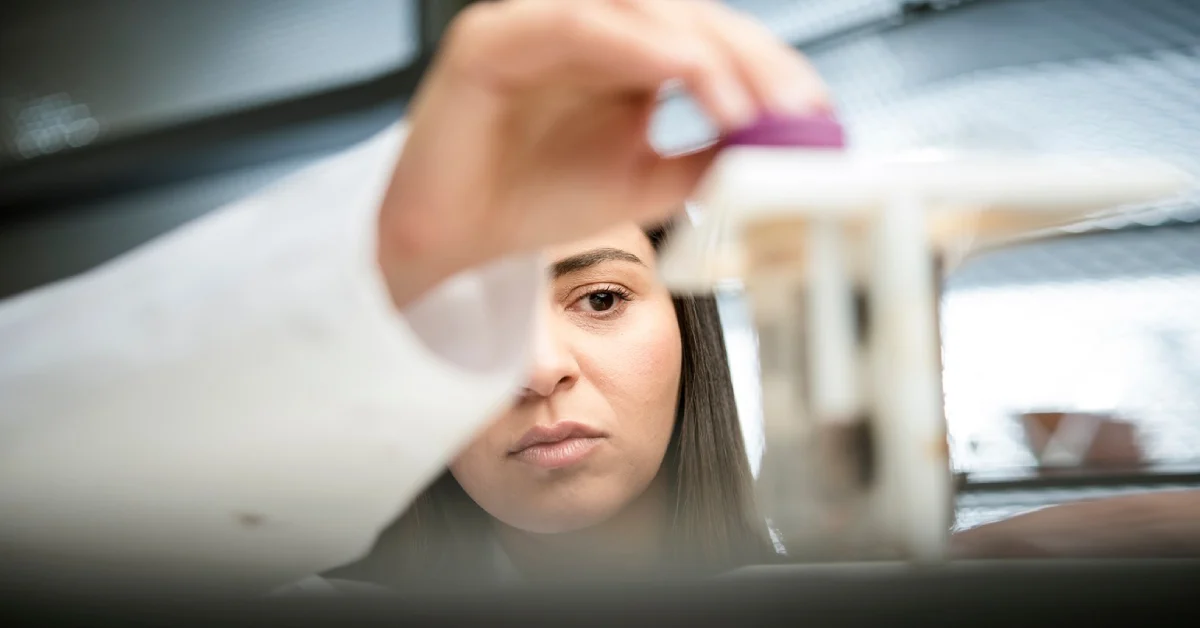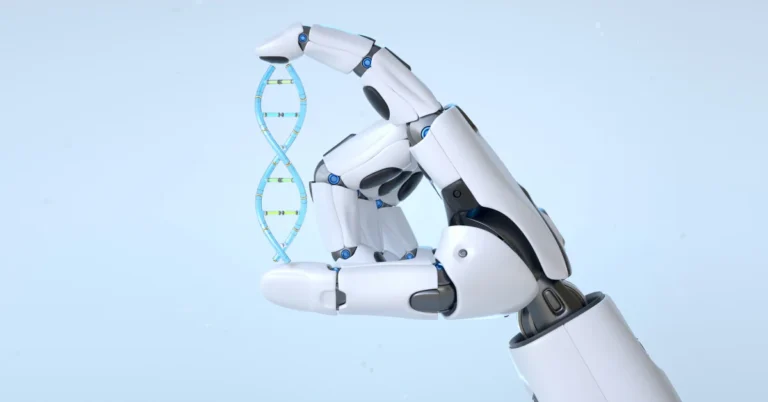Fraboc, officially known as the Familial Risk Assessment – Breast and Ovarian Cancer (FRA-BOC) tool, was an online accessibility platform designed for health professionals to assess breast and ovarian cancer risk based on family history. This clinical decision support system helped doctors identify women who needed referral to family cancer clinics and provided reassurance to those at population risk.
Though no longer available on the Cancer Australia platform, understanding Fraboc’s methodology remains valuable for clinicians transitioning to modern risk assessment tool technologies.
Table of Contents
What is Fraboc?
Fraboc provided risk estimates for unaffected women based on their family history of breast and ovarian cancer. Health professionals used this cancer risk predictor to make informed decisions about patient care and screening recommendations.
The Fraboc tool was developed using the BOADICEA model (Breast and Ovarian Analysis of Disease Incidence and Carrier Estimation Algorithm), which analyzed complex family patterns to predict cancer likelihood. Fraboc specifically targeted general practitioners and nurses who needed quick, reliable assessments without requiring specialized genetics training. The Fraboc platform streamlined clinical workflow by automatically calculating risk levels and providing clear guidance on next steps for patient management, representing a significant advancement in evidence-based medicine practices.
How Fraboc Calculates Risk
Fraboc required detailed family history input, including the number of affected relatives, their relationship to the patient, and ages at diagnosis. Users entered data about first-degree relatives (parents, siblings, children) and second-degree relatives (grandparents, aunts, uncles).
The cancer prediction model used BOADICEA integration mathematical modeling to process this information and generate risk categories. The system considered factors like bilateral breast cancer, young age at diagnosis (particularly under 40), and combinations of breast and ovarian cancer within families. Family history patterns triggered different risk calculator computations, with stronger patterns indicating a higher likelihood of genetic counseling needs.
Input Requirements
Clinicians needed specific information to use the Fraboc tool effectively:
- Cancer types affecting family members
- Ages at diagnosis for each affected relative
- Family relationships on both the maternal and paternal sides
Missing information reduced assessment accuracy, so complete family history documentation improved results and eliminated the need for unstructured assessment approaches.
Risk-Calculation Methodology
The underlying BOADICEA model used complex segregation analysis and population-based studies to estimate risk:
- Incorporated data from families screened for BRCA1 and BRCA2 mutations
- Provided robust statistical foundations through validated algorithms
- Weighed multiple factors simultaneously for personalized risk profiles
Key Benefits of Fraboc for Health Professionals
Features
- Standardized Risk Categories: Provided a three-tier classification system (average, moderate, high risk)
- Evidence-Based Guidance: Incorporated the BOADICEA model for clinical decision support
- User-Friendly Interface: Designed for non-genetics specialists in primary care settings
- Automated Calculations: Eliminated manual risk computation requirements
Benefits
- Patient Reassurance: Helped reassure the majority of women at population risk levels
- Early Detection: Identified high-risk cases requiring specialized genetic counseling assessment
- Clinical Efficiency: Reduced time spent on manual risk calculations and documentation
- Quality Improvement: Supported standardized care delivery across healthcare settings
The clinical decision support system offered evidence-based guidance that supported clinical decision-making without requiring extensive genetics expertise, contrasting sharply with previous unstructured assessment methods.
Alternatives and Successor Tools
Fraboc was replaced by iPrevent and other more advanced breast cancer risk assessment tools, as the original tool is no longer available on the Cancer Australia website. Modern alternatives offer significant improvements over the original platform.
| Tool | Developer | Key Features |
|---|---|---|
| iPrevent | Peter MacCallum Cancer Centre | 30-minute assessment, personalized reports, multiple risk models |
| CanRisk | University of Cambridge | BOADICEA integration, polygenic scores, mammographic density |
| IBIS/Tyrer-Cuzick | Queen Mary University | Comprehensive risk factors, lifestyle integration |
iPrevent takes approximately 30 minutes to complete and provides personalized reports for patients to discuss with their doctors. The tool incorporates multiple validated risk models and switches between them based on patient characteristics. Risk assessment tool technology has advanced substantially, now including lifestyle factors, mammographic density, and polygenic scores alongside family history.
Current models like BOADICEA and IBIS demonstrate superior accuracy compared to older tools. Recent validation studies show these models predict breast cancer risk more reliably across diverse populations. AI-driven cancer prediction model systems continue to emerge, incorporating machine learning approaches that analyze vast datasets for pattern recognition.
Integrating Fraboc Outputs into Clinical Workflow

The Fraboc platform categorized patients into three main risk categories, each triggering specific management recommendations:
Risk Categories and Actions
Average Risk (< 1.5x population risk)
- Standard screening recommendations and breast awareness education
- Routine follow-up according to population guidelines
Moderate Risk (1.5-3x population risk)
- Enhanced screening, including annual mammograms starting earlier than age 50
- Increased surveillance and BRCA testing consideration
High Risk (> 3x population risk)
- Immediate referral to genetic counseling services for a comprehensive assessment
- Specialized management planning and prevention strategy development
Clinical workflow integration required establishing clear protocols for each risk category. Healthcare teams developed standardized patient education materials and referral pathways to ensure consistent care delivery. Electronic health record systems incorporated Fraboc tool outputs to track patient risk levels and screening compliance over time.
The tool’s discontinuation created workflow disruption that required careful transition planning. Practices needed to retrain staff on new platforms while maintaining continuity of care for existing high-risk patients.
Modern Risk Assessment Evolution
Today’s breast cancer risk assessment incorporates technologies unavailable during Fraboc’s era. Current BOADICEA models include polygenic risk scores based on 313 genetic variants, explaining 20% of breast cancer’s genetic variance. This advancement provides more precise individual risk estimates.
Validation studies demonstrate that models incorporating multigenerational family history, like BOADICEA and IBIS, predict breast cancer risk more accurately than earlier approaches. Modern platforms also integrate mammographic density measurements, lifestyle factors, and reproductive history for comprehensive assessment.
Advanced Features in Modern Tools
Polygenic Score Technology
- Analyzes hundreds of genetic variants simultaneously
- Identifies subtle risk patterns invisible to traditional family history assessment alone
AI Integration
- Machine learning algorithms for pattern recognition
- Continuous improvement through data analysis and validation studies
Clinical Decision Support
- User-friendly interfaces presenting complex risk information clearly
- Visual risk representations and patient-friendly reports
- Automated integration with electronic health records
Healthcare providers benefit from evidence-based medicine approaches that generate visual risk representations, patient-friendly reports, and automated clinical decision support. Integration with electronic health records streamlines documentation and supports population health management initiatives.
The evolution from Fraboc to current platforms illustrates rapid advancement in precision medicine. While the original FRA-BOC provided valuable service during its era, today’s clinical decision support system tools offer superior accuracy, broader risk factor integration, and enhanced clinical decision support. Healthcare providers must stay current with these evolving technologies to provide optimal patient care in breast cancer risk management.
Understanding Fraboc’s legacy helps clinicians appreciate how far risk assessment tool technology has advanced while recognizing the foundational principles that continue guiding modern cancer prediction model practice.

